Toward Complex Systems Dynamics through Flow Regimes of Multifractal Fluids
Abstract
1. Introduction
- (i)
- (ii)
2. Theoretical Aspects
2.1. General Considerations on the Multifractal Hydrodynamic Model
- (i)
- It is possible to identify the areas of complex system dynamics that are characterized by a certain fractal dimension;
- (ii)
- It is possible to identify the number of areas for which the fractal dimensions are situated in an interval of values;
- (iii)
- It is possible to identify classes of universality in the complex system dynamics, even when regular or strange attractors have various aspects.
- (i)
- A multifractal manifold is a mathematical structure that operates in the description of the dynamics of any complex system’s entities with continuous and non-differentiable curves (multifractal curves)—curves that are characterized through diverse fractal dimensions, which are simultaneously operational in the dynamic description;
- (ii)
- A monofractal manifold is a mathematical structure that operates in the description of the dynamics of any complex system’s entities with monofractal curves—curves that are characterized through a single fractal dimension;
- (iii)
- Any multifractal curve is explicitly scale -dependent; i.e., its length tends to infinity when tends to zero (see Lebesgue theorem [14]). In such a context, since the dynamics of any complex system are related to the behavior of a set of functions during the zoom operation of , then through the functionality of the substitution principle [7];
- (iv)
- There are many modes, and thus, a varied selection of definitions of fractal dimensions: more precisely, the fractal dimension in the sense of Kolmogorov, the fractal dimension in the sense of Hausdorff–Besikovitch etc., [14]. Selecting one of these definitions and operating it in complex system dynamics, the value of the fractal dimension must be constant and arbitrary for the entirety of the dynamical analysis: for example, it is regularly found that for correlative processes, for non-correlative processes, etc., [7,14].
- (v)
- On multifractal manifolds in the description of the dynamics of any complex system’s entities, it is operated with the singularity spectrum , which is a situation where the singularity index is functionally dependent on the fractal dimension in the form
2.2. Complex System Dynamics through Uniform Flow Regimes of a Multifractal Fluid
2.3. Complex System Dynamics through Non-Uniform Flow Regimes of a Multifractal Fluid
3. Experimental Aspects
Syntheses and Investigation Methods of the Drug Delivery Systems
- (i)
- Zero-order model: , where Qt is the amount of drug dissolved in the time t and K0 is the zero-order release constant.
- (ii)
- Higuchi model: , where Qt is the amount of drug released in the time t and KH is the Higuchi dissolution constant.
- (iii)
- Hixson–Crowell model: , where W0 is the initial amount of drug in the formulation, Wt is the remaining amount of drug in the formulation at time t, and K is a constant.
- (iv)
- Korsmeyer–Peppas model: , where Mt/M∞ is the fraction of drug released at the time t, K is the release rate constant, and n is the release exponent.
- (v)
- First-order model: , where Qt is the amount of drug released in the time t, Q0 is the initial amount of drug, and K is the first-order release constant.
4. Results and Discussions
5. Conclusions
Author Contributions
Funding
Institutional Review Board Statement
Data Availability Statement
Acknowledgments
Conflicts of Interest
References
- Bar-Yam, Y. Dynamics of Complex Systems; Apple Academic Press: Cambridge, MA, USA, 2019. [Google Scholar]
- Mitchell, M. Complexity: A Guided Tour; Oxford University Press: Oxford, UK, 2009. [Google Scholar]
- Badii, R. Complexity: Hierarchical Structures and Scaling in Physics; Cambridge University Press: Cambridge, UK, 1997. [Google Scholar]
- Flake, G.W. The Computational Beauty of Nature; MIT Press: Cambridge, MA, USA, 1998. [Google Scholar]
- Băceanu, D.; Diethelm, K.; Scalas, E.; Trujillo, H. Fractional Calculus, Models and Numerical Methods; World Scientific: Singapore, 2016. [Google Scholar]
- Ortigueria, M.D. Fractional Calculus for Scientists and Engineers; Springer: Berlin/Heidelberg, Germany, 2011. [Google Scholar]
- Nottale, L. Scale Relativity and Fractal Space-Time: A New Approach to Unifying Relativity and Quantum Mechanics; Imperial College Press: London, UK, 2011. [Google Scholar]
- Merches, I.; Agop, M. Differentiability and Fractality in Dynamics of Physical Systems; World Scientific: Hackensack, NJ, USA, 2016. [Google Scholar]
- Agop, M.; Merches, I. Operational Procedures Describing Physical Systems; CRC Press: Boca Raton, FL, USA, 2019. [Google Scholar]
- Politi, A.; Pikovsky, A. Lyapunov Exponents: A Tool to Explore Complex Dynamics; Cambridge University Press: Cambridge, UK, 2016. [Google Scholar]
- Cruzeiro, A.B. Stochastic Approaches to Deterministic Fluid Dynamics: A Selective Review. Water 2020, 12, 864. [Google Scholar] [CrossRef]
- Gaite, J. The Fractal Geometry of the Cosmic Web and Its Formation. Adv. Astron. 2019, 2019, 6587138. [Google Scholar] [CrossRef]
- Shahzad, M.U.; Iqbal, A.; Jawad, A. Dynamical Properties of Dark Energy Models in Fractal Universe. Symmetry 2019, 11, 1174. [Google Scholar] [CrossRef]
- Mandelbrot, B.B. The Fractal Geometry of Nature; W.H. Freeman and Co.: San Francisco, CA, USA, 1982. [Google Scholar]
- Iftime, M.M.; Dobreci, D.L.; Irimiciuc, S.A.; Agop, M.; Petrescu, T.; Doroftei, B. A theoretical mathematical model for assessing diclofenac release from chitosan-based formulations. Drug Deliv. 2020, 27, 1125–1133. [Google Scholar] [CrossRef] [PubMed]
- Marin, L.; Ailincai, D.; Mares, M.; Paslaru, E.; Cristea, M.; Nica, V.; Simionescu, B.C. Imino-chitosan biopolymeric films. Obtaining, self-assembling, surface and antimicrobial properties. Carbohydr. Polym. 2015, 117, 762–770. [Google Scholar] [CrossRef] [PubMed]
- Chen, A.; Samankumara, L.P.; Garcia, C.; Bashaw, K.; Wang, G. Synthesis and characterization of 3-O-esters of N-acetyl-d-glucosamine derivatives as organogelators. New J. Chem. 2019, 43, 7950–7961. [Google Scholar] [CrossRef]
- Ailincai, D.; Mititelu, L.T.; Marin, L. Drug delivery systems based on biocompatible imino-chitosan hydrogels for local anticancer therapy. Drug Deliv. 2018, 25, 1080–1090. [Google Scholar] [CrossRef] [PubMed]
- Ailincai, D.; Mititelu-Tartau, L.; Marin, L. Citryl-imine-PEG-ylated chitosan hydrogels—Promising materials for drug delivery applications. Int. J. Biol. Macromol. 2020, 162, 1323–1337. [Google Scholar] [CrossRef] [PubMed]
- Iftime, M.-M.; Tartau, L.M.; Marin, L. New formulations based on salicyl-imine-chitosan hydrogels for prolonged drug release. Int. J. Biol. Macromol. 2020, 160, 398–408. [Google Scholar] [CrossRef] [PubMed]
- Wu, Y.; Rashidpour, A.; Almajano, M.P.; Metón, I. Chitosan-Based Drug Delivery System: Applications in Fish Biotechnology. Polymers 2020, 12, 1177. [Google Scholar] [CrossRef] [PubMed]
- Guyot, C.; Cerruti, M.; Lerouge, S. Injectable, strong and bioadhesive catechol-chitosan hydrogels physically crosslinked using sodium bicarbonate. Mater. Sci. Eng. C 2021, 118, 111529. [Google Scholar] [CrossRef] [PubMed]
- Dimitriu, D.G.; Irimiciuc, S.A.; Popescu, S.; Agop, M.; Ionita, C.; Schrittwieser, R.W.; Stefan-Andrei, I. On the interaction between two fireballs in low-temperature plasma. Phys. Plasmas 2015, 22, 113511. [Google Scholar] [CrossRef]
- Irimiciuc, S.A.; Agop, M.; Nica, P.; Gurlui, S.; Mihaileanu, D.; Toma, S.; Focsa, C. Dispersive effects in laser ablation plasmas Japan. J. Appl. Phys. 2014, 53, 116202. [Google Scholar] [CrossRef]
- Feynman, R.P.; Hibbs, A.R.; Weiss, G.H. Quantum Mechanics and Path Integrals. Phys. Today 1966, 19, 89. [Google Scholar] [CrossRef]
- Bohm, D. Quantum Theory; Constable: London, UK, 1954. [Google Scholar]
- van den Berg, J.C. Wavelets in Physics; Cambridge University Press: Cambridge, UK, 2004. [Google Scholar]
- Hilborn, R.C. Chaos and Nonlinear Dynamics; Oxford University Press: Oxford, UK, 1994. [Google Scholar]
- Agop, M.; Nica, P.E.; Gurlui, S.; Focsa, C.; Paun, V.P.; Colotin, M. Implications of an extended fractal hydrodynamic model. Eur. Phys. J. D 2009, 56, 405–419. [Google Scholar] [CrossRef]
- Irimiciuc, S.; Bulai, G.; Agop, M.; Gurlui, S. Influence of laser-produced plasma parameters on the deposition process: In situ space- and time-resolved optical emission spectroscopy and fractal modeling approach. Appl. Phys. A 2018, 124, 615. [Google Scholar] [CrossRef]
- Cobzeanu, B.M.; Irimiciuc, S.; Vaideanu, D.; Grigorovici, A.; Popa, O. Possible Dynamics of Polymer Chains by Means of a Ricatti s Procedure—An Exploitation for Drug Release at Large Time Intervals. Mater. Plast. 2017, 54, 531–534. [Google Scholar] [CrossRef]
- Hilgert, J.; Neeb, K.-H. Structure and Geometry of Lie Groups; Springer Science: New York, NY, USA, 2012. [Google Scholar]
- Gallier, J.; Quaintance, J. Differential Geometry and Lie Group; Springer International Publishing: New York, NY, USA, 2020; Volume 12. [Google Scholar]
- Onishchik, A.L.; Sulanke, R. Projective and Cayley-Klein Geometries; Springer: Berlin/Heidelberg, Germany, 2006. [Google Scholar]
- Agop, M.; Gavriluț, A.; Grigoraș-Ichim, C.; Toma, Ș.; Petrescu, T.-C.; Irimiciuc, Ș.A. Toward Interactions through Information in a Multifractal Paradigm. Entropy 2020, 22, 987. [Google Scholar] [CrossRef] [PubMed]
- Xi, Y. Geometry of Harmonic Maps; Springer: New York, NY, USA, 2018. [Google Scholar]
- Misner, C.W.; Thorne, K.S.; Wheeler, J.A. Gravitation; W.H. Freeman: San Francisco, CA, USA, 2018. [Google Scholar]
- Israelachvili, J.N. Intermolecular and Surface Forces; Academic Press: New York, NY, USA, 2011. [Google Scholar]
- Irimiciuc, S.A.; Nica, P.-E.; Agop, M.; Focsa, C. Target properties—Plasma dynamics relationship in laser ablation of metals: Common trends for fs, ps and ns irradiation regimes. Appl. Surf. Sci. 2020, 506, 144926. [Google Scholar] [CrossRef]

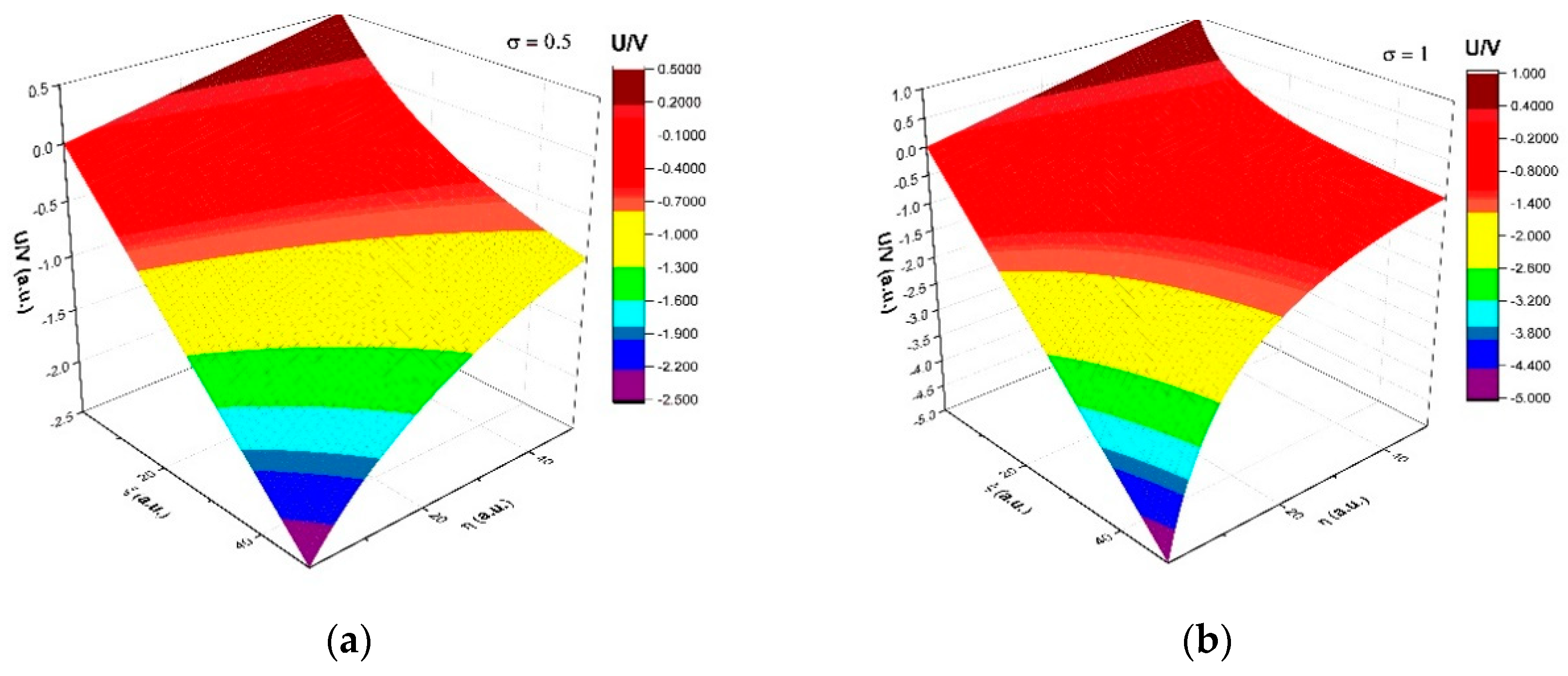

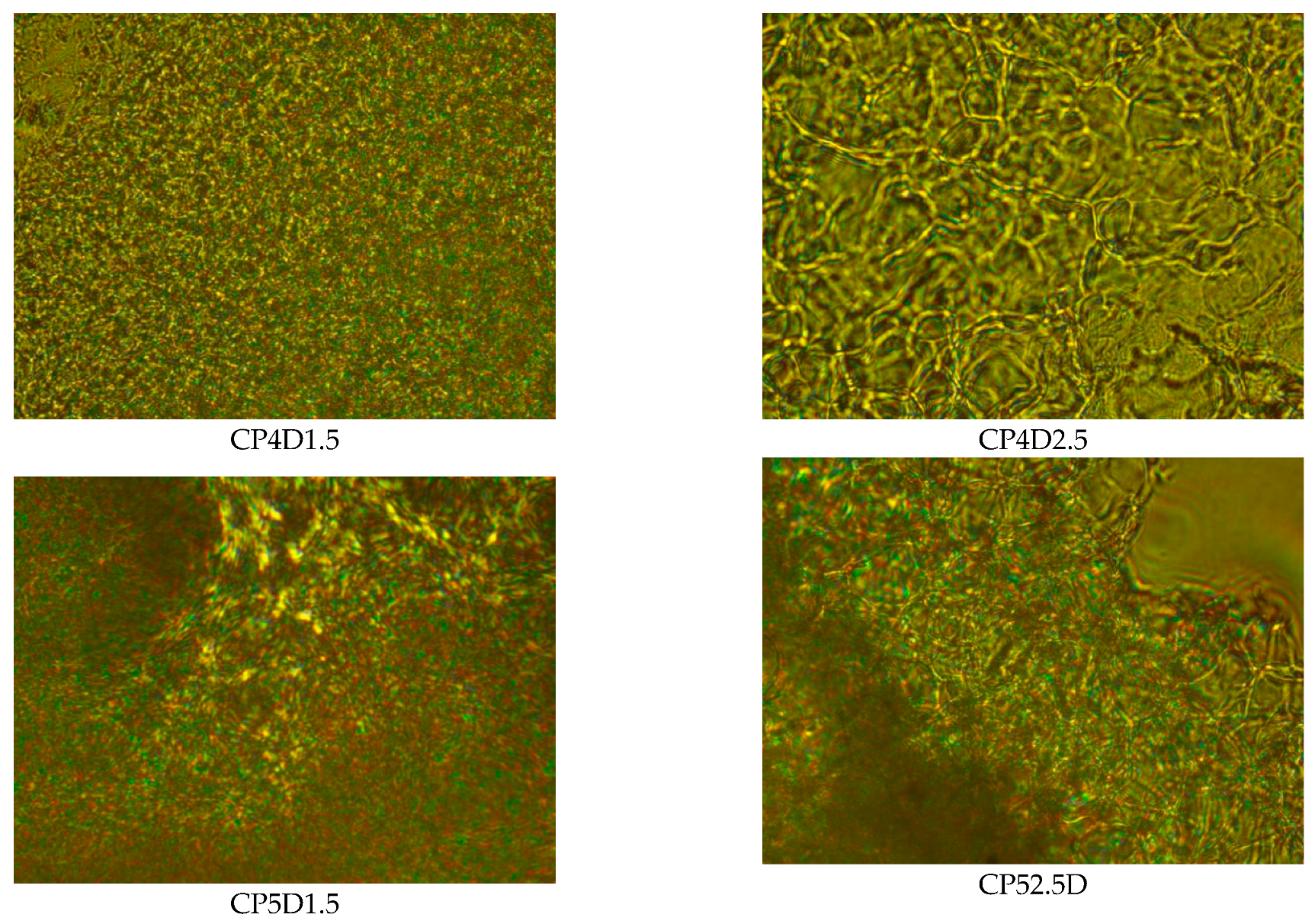

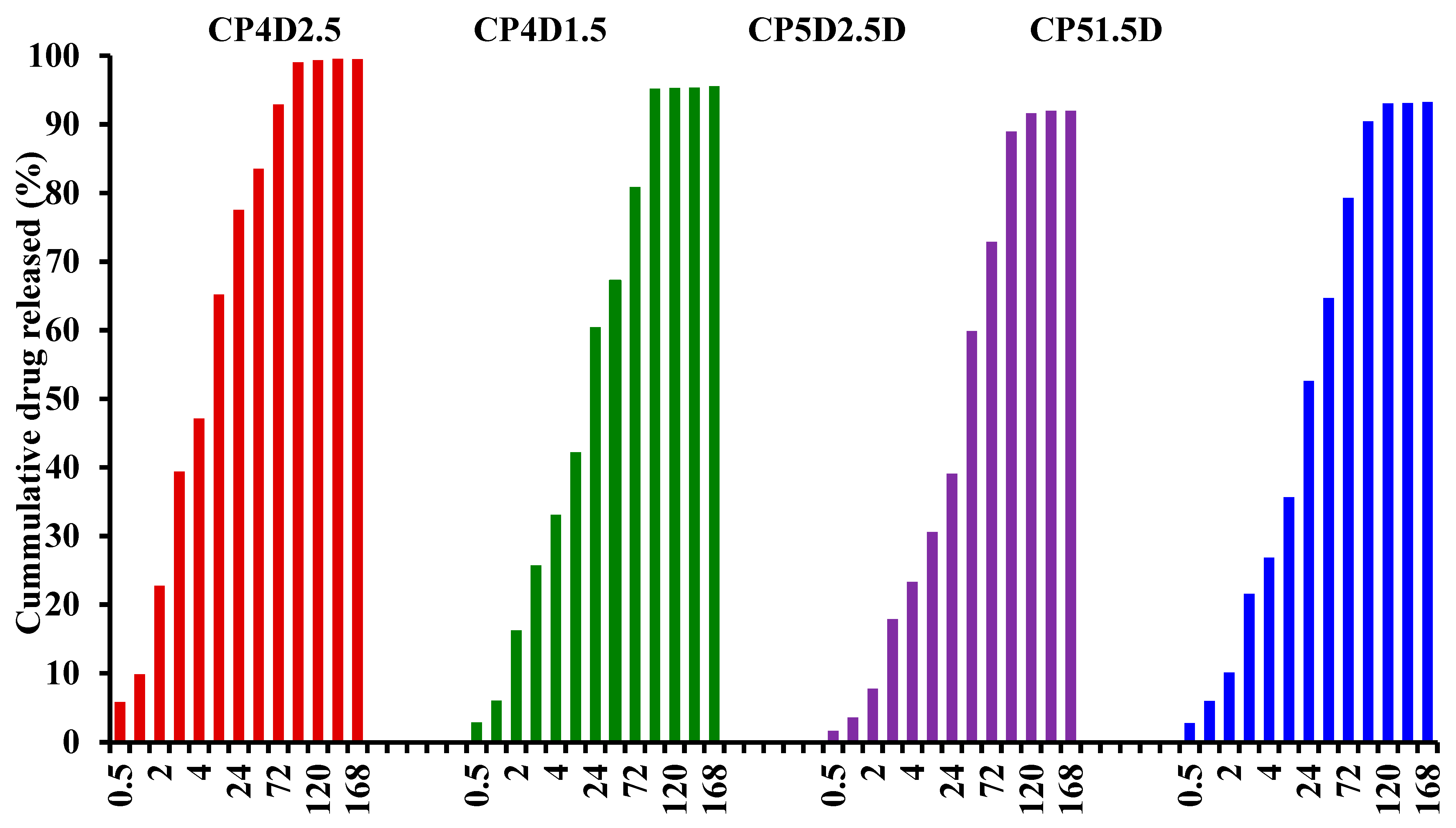

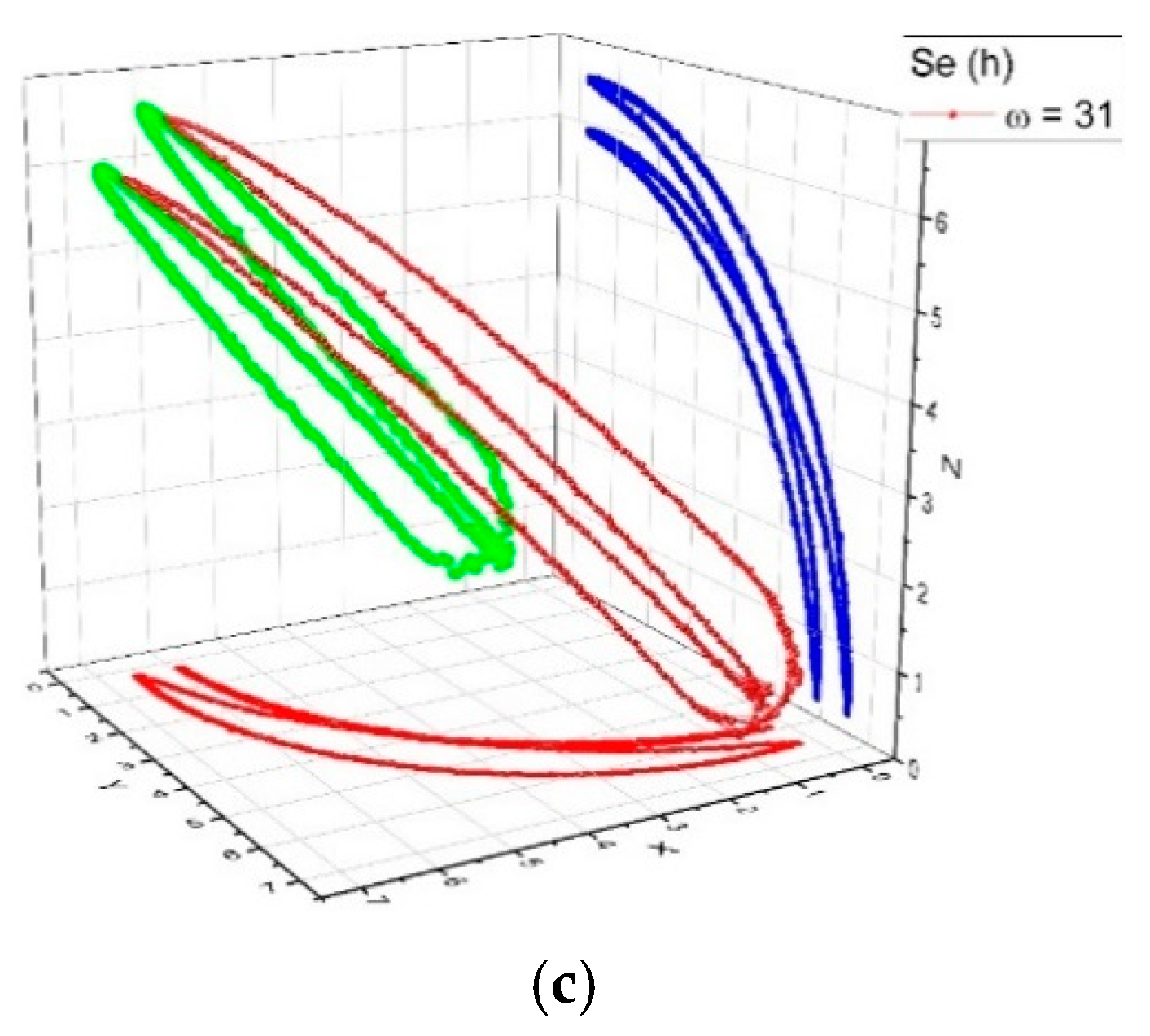
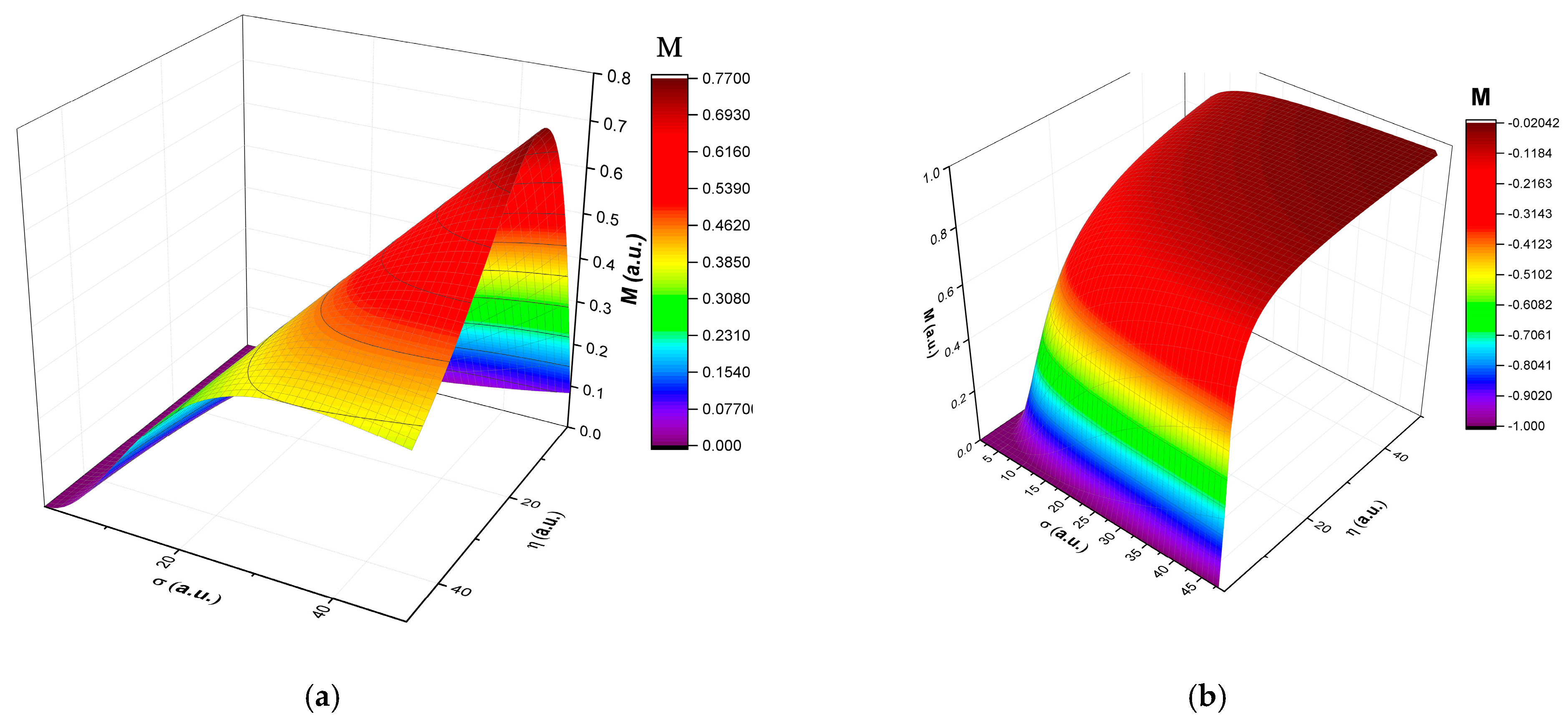
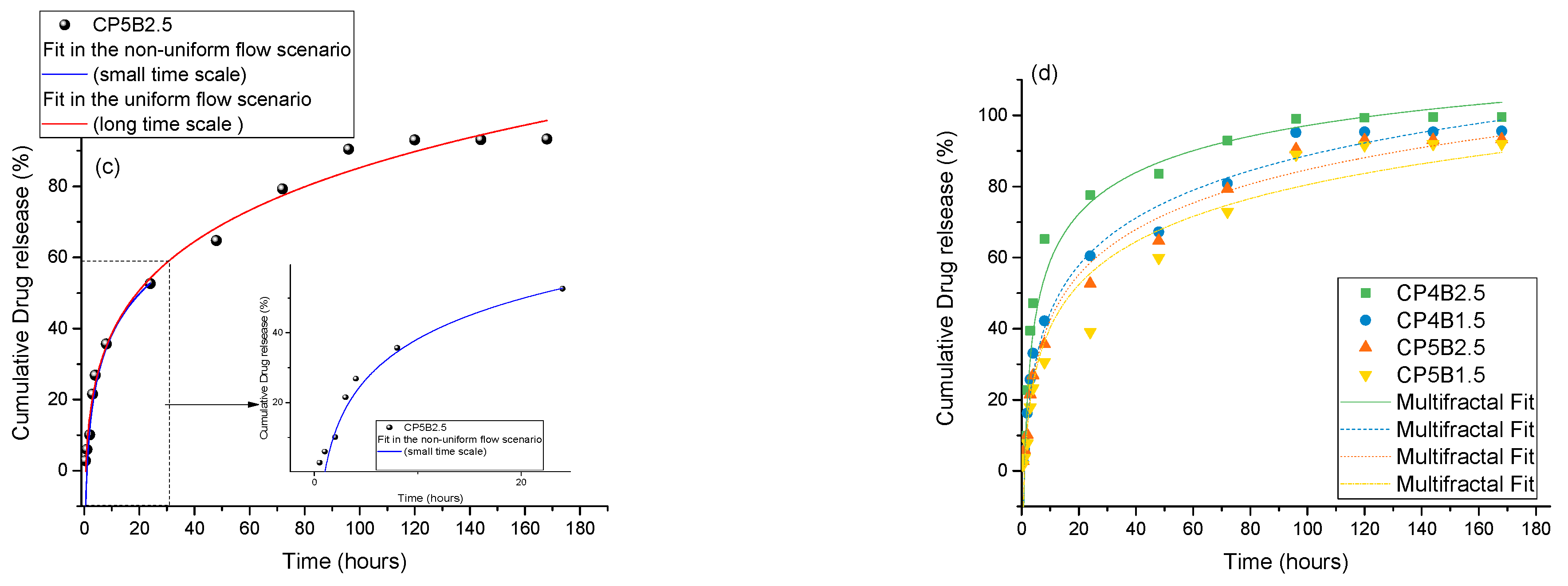
Publisher’s Note: MDPI stays neutral with regard to jurisdictional claims in published maps and institutional affiliations. |
© 2021 by the authors. Licensee MDPI, Basel, Switzerland. This article is an open access article distributed under the terms and conditions of the Creative Commons Attribution (CC BY) license (https://creativecommons.org/licenses/by/4.0/).
Share and Cite
Agop, M.; Petrescu, T.-C.; Filipeanu, D.; Grigoraș-Ichim, C.E.; Voda, A.I.; Zala, A.; Dobreci, L.; Baciu, C.; Vasincu, D. Toward Complex Systems Dynamics through Flow Regimes of Multifractal Fluids. Symmetry 2021, 13, 754. https://doi.org/10.3390/sym13050754
Agop M, Petrescu T-C, Filipeanu D, Grigoraș-Ichim CE, Voda AI, Zala A, Dobreci L, Baciu C, Vasincu D. Toward Complex Systems Dynamics through Flow Regimes of Multifractal Fluids. Symmetry. 2021; 13(5):754. https://doi.org/10.3390/sym13050754
Chicago/Turabian StyleAgop, Maricel, Tudor-Cristian Petrescu, Dumitru Filipeanu, Claudia Elena Grigoraș-Ichim, Ana Iolanda Voda, Andrei Zala, Lucian Dobreci, Constantin Baciu, and Decebal Vasincu. 2021. "Toward Complex Systems Dynamics through Flow Regimes of Multifractal Fluids" Symmetry 13, no. 5: 754. https://doi.org/10.3390/sym13050754
APA StyleAgop, M., Petrescu, T.-C., Filipeanu, D., Grigoraș-Ichim, C. E., Voda, A. I., Zala, A., Dobreci, L., Baciu, C., & Vasincu, D. (2021). Toward Complex Systems Dynamics through Flow Regimes of Multifractal Fluids. Symmetry, 13(5), 754. https://doi.org/10.3390/sym13050754







